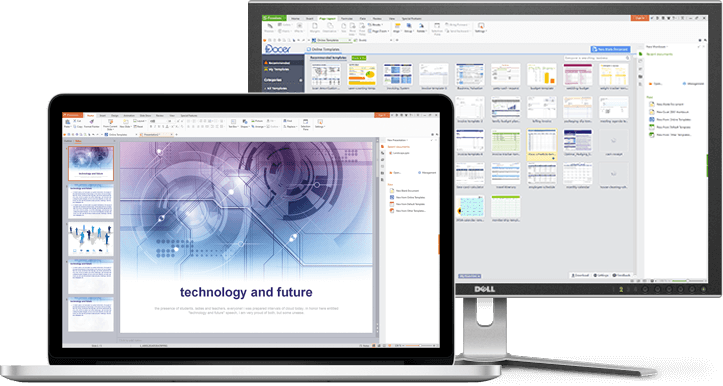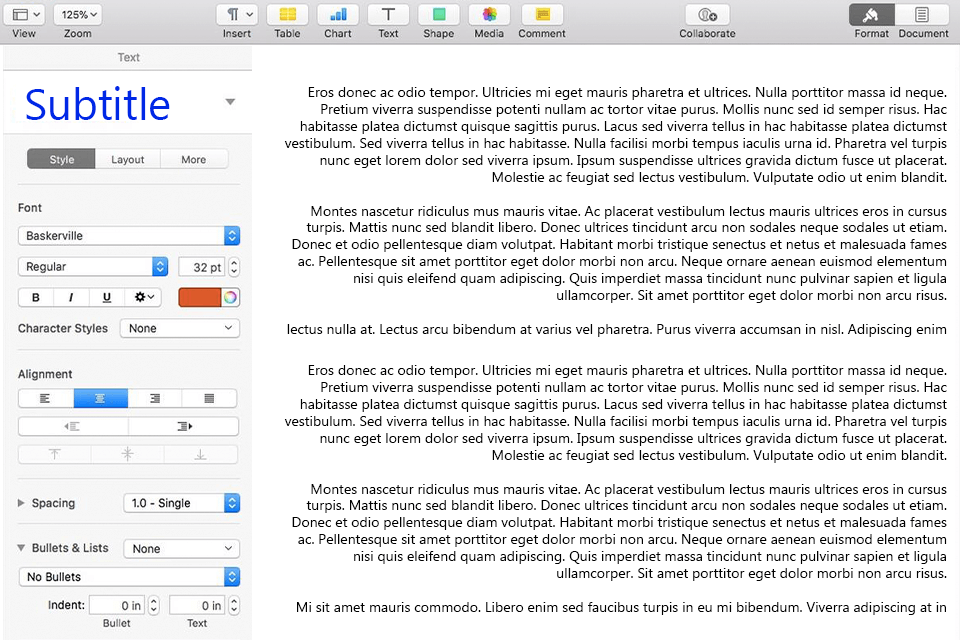



To find insufficient color contrast, use the Accessibility Checker. Use sufficient contrast for text and background colors. People who are blind, have low vision, or are colorblind might miss out on the meaning conveyed by particular colors. To find instances of color-coding, visually scan your document. Tip: You can also add ScreenTips that appear when your cursor hovers over text or images that include a hyperlink.Įnsure that color is not the only means of conveying information.
#The ten best free alternatives to microsoft word full
For example, instead of linking to the text Click here, include the full title of the destination page. Links should convey clear and accurate information about the destination. People who use screen readers sometimes scan a list of links. To determine whether hyperlink text makes sense as standalone information and whether it gives readers accurate information about the destination target, visually scan your document. In alt text, briefly describe the image and mention the existence of the text and its intent.Īdd meaningful hyperlink text and ScreenTips. If you must use an image with text in it, repeat that text in the document. To find missing alternative text, use the Accessibility Checker.Īlt text helps people who can’t see the screen to understand what’s important in images and other visuals.Īvoid using text in images as the sole method of conveying important information. Visual content includes pictures, SmartArt graphics, shapes, groups, charts, embedded objects, ink, and videos. Include alternative text with all visuals. The following table includes key best practices for creating Word documents that are accessible to people with disabilities. Windows: Best practices for making Word documents accessible


 0 kommentar(er)
0 kommentar(er)
